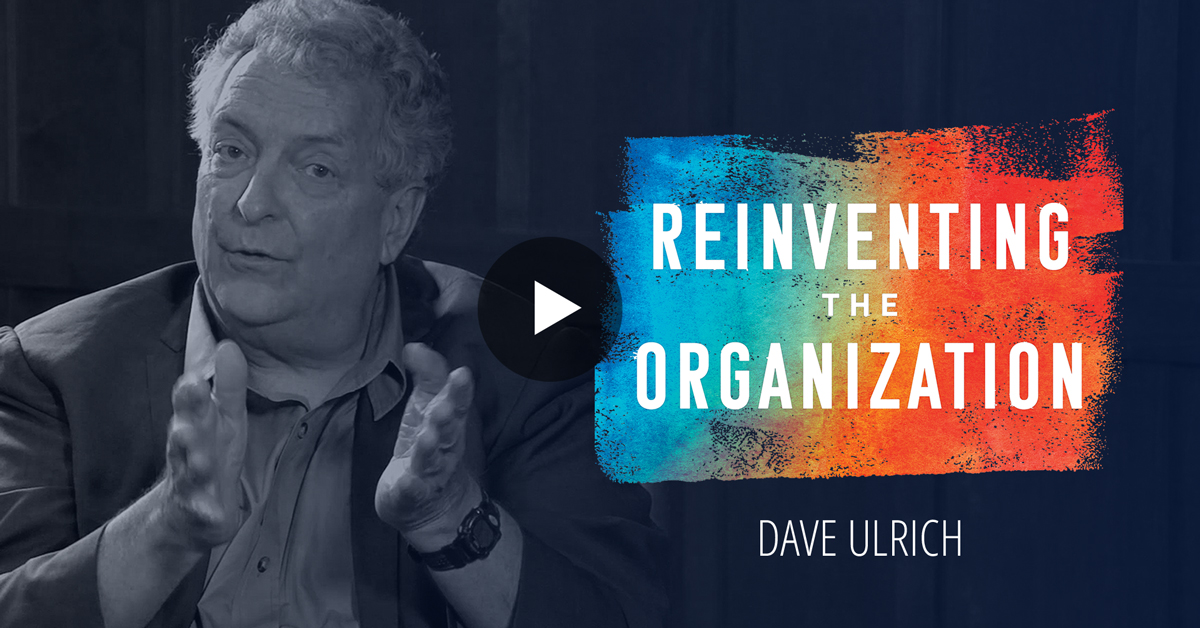Reinvent, Redesign, or Restructure Your Organization?
Key Takeaways:
- The best organizational structure supports organizational strategy.
- Depending on the goals, consider Reinventing, Redesigning, or Restructuring.

Reinvent, Redesign, or Restructure Your Organization?

Related Insights
Several years ago, I was meeting with an executive who had asked us to do an organization diagnosis and make improvement recommendations. He began the conversation by emphasizing that restructuring the organization was low on his list of options for how to move forward. He closed the interview with the same message. However, between the beginning and ending message he mentioned multiple times that the current organization structure was “wearing out rather than empowering” those that worked for him. While he was clear that getting work done was very difficult within the current organization, he, nonetheless, had little appetite for restructuring. As I continued asking questions, it became clear he had been part of too many organizational restructuring efforts where changing the structure had far less impact than intended.
This situation is one most, if not all of us, have had. Major investments in time and resources are poured into a restructuring. In the end, the structure changes but almost everything else stays the same. Far too often, organizations are left with a new unfamiliar structure and the same problems.
Given the nature of a competitive and changing world, it is not uncommon for leaders to find that the structure of their organization is getting in the way of productive work. While restructuring for the sake of restructuring rarely achieves positive results, it is also clear that ignoring the impact of structure is a mistake.
Among other things, structure typically impacts:
- Goals and priorities
- Performance management and compensation
- The “line of sight” that people see as the scope of their work
Knowing that time and resources will be spent, it is vital to understand the options for adjusting the structure and carefully consider the solution that is called for in your specific circumstance. In our work, we have found the following three major types of structural changes:
- Restructuring is changing the structure and reporting relationships. This is best suited for situations where the structure changes are straightforward fixes that resolve accountability confusion and goal alignment.
- Redesign, or transformation, is more comprehensive. Our approach to organization redesign involves multiple facets including: outside in context (customer and external stakeholder assessment), business model and capability clarification, work processes, key roles, support systems alignment, and structure. Organizational redesign or transformation is appropriate when there is significant need for effectiveness and productivity improvement. It is evidenced by an excess number of meetings, lack of alignment, and lack of clarity on what you are optimizing.
- Reinvention goes beyond redesign. The change is equally as comprehensive, but the intent is even more dramatic because it often requires new capability and new skills to implement a new business model and a new go to market approach. It is done with an existing business with a focus on changes to compete in a new business context and often with new customers.

While restructuring has a narrower scope, usually around near-term problem solving, both reinvention and effective redesign are forward looking and focused on creating an organization that maximizes value to your customers and investors. They both ignore the common logic of organizing around disciplines (functions) or basing your design around the capability and preferences of current leaders. Structural change has its place but changing the structure without considering external demands and trends, work processes, roles and support systems often creates far less positive impact than desired. Effective redesign and reinvention have much greater upside on business results than restructuring. However, both require a much greater appetite for disruption and a compelling case for change.
With the understanding of these three options for moving forward, executives can compare their needs to the options and assess what step to take next. There is a time and place for restructuring, redesigning, and reinventing; learn about RBL’s strategy integration and business design services.


